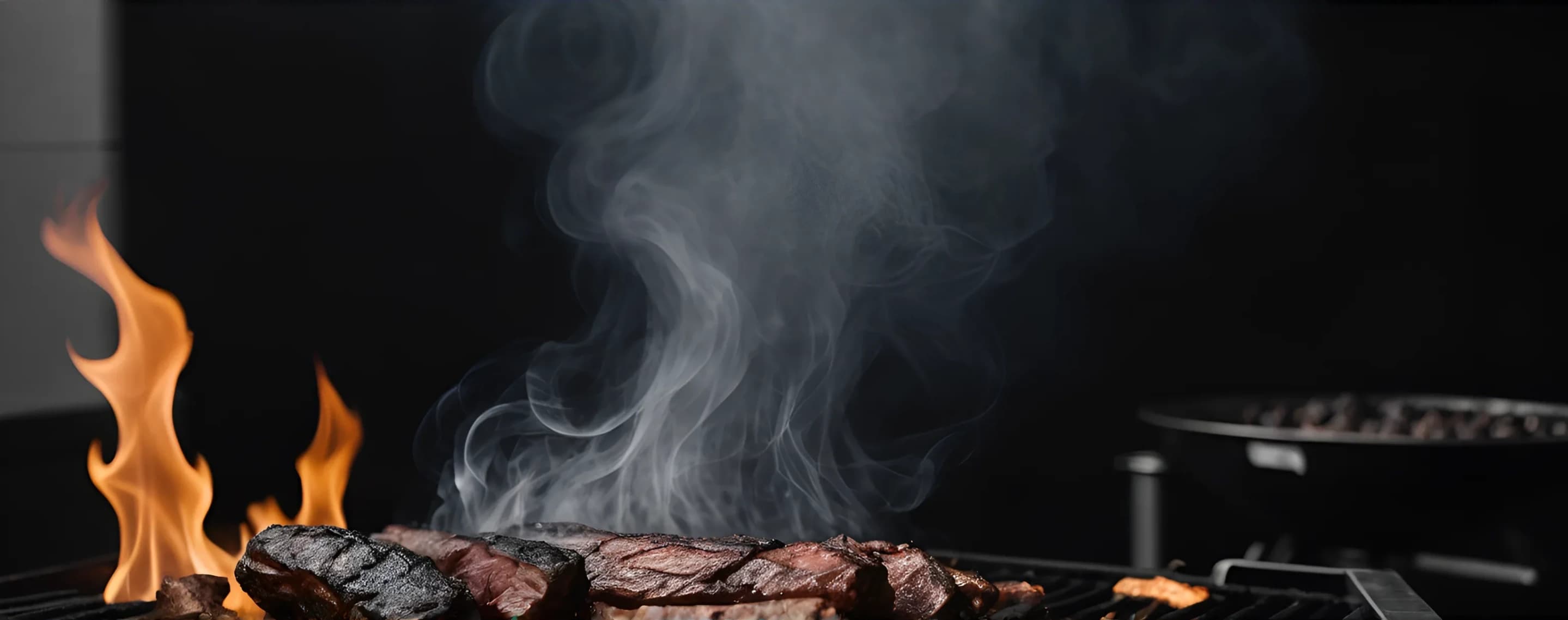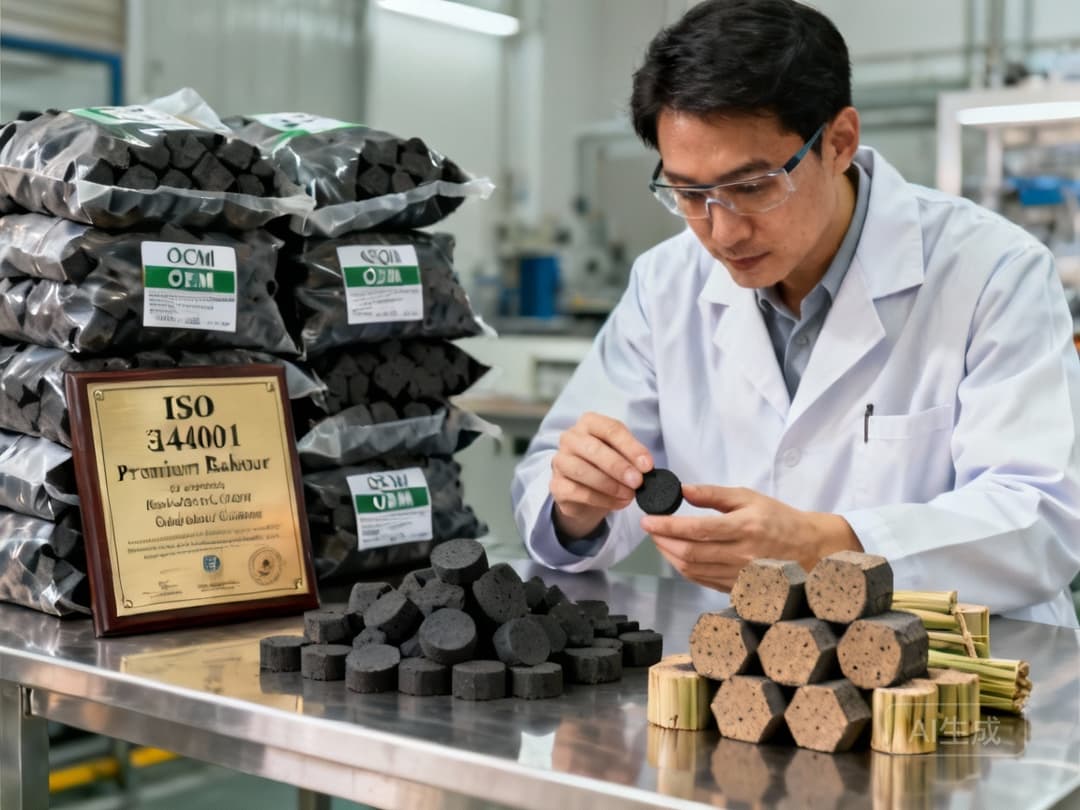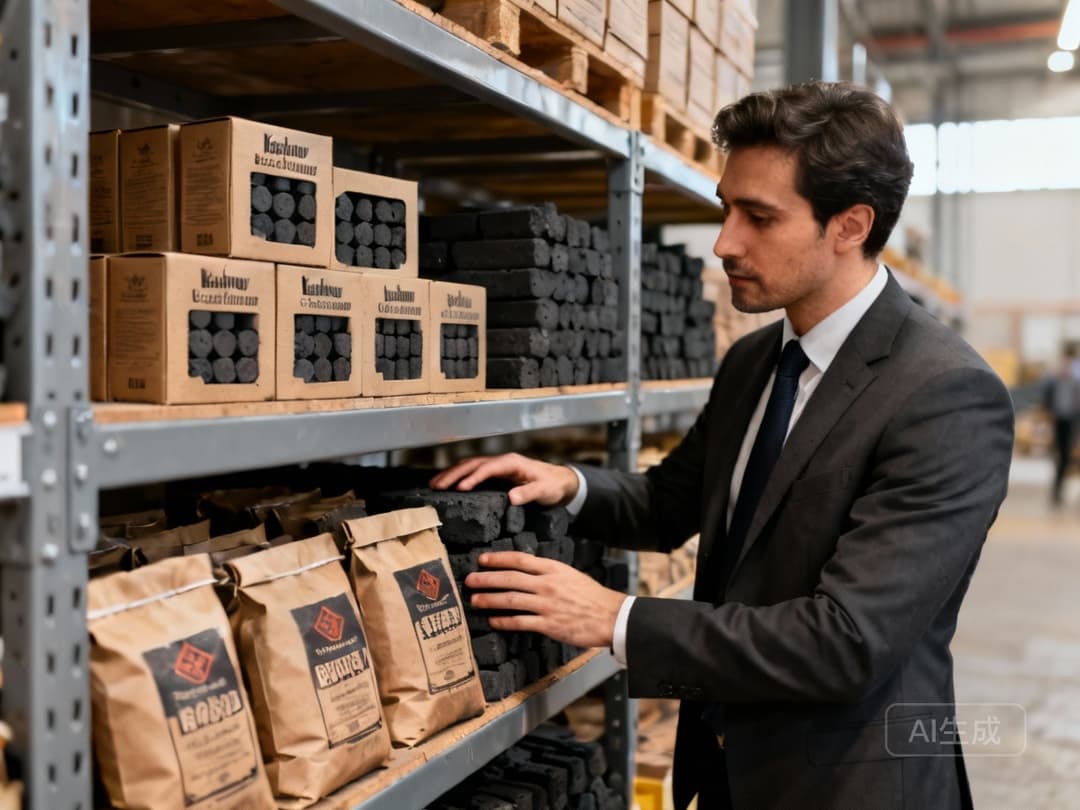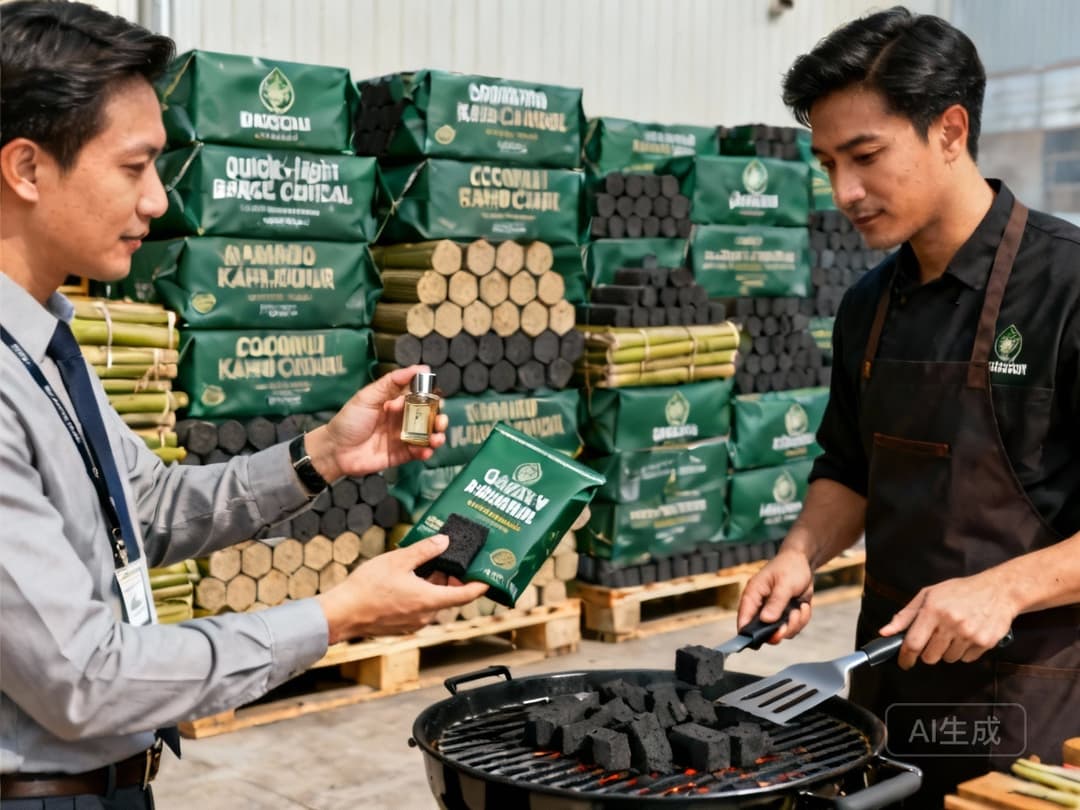
News Center
Learn everything about us, latest news and events

Eliminate Charcoal Headaches: The Definitive Guide for Bakhoor Sellers, BBQ Caterers, and Distributors
Bakhoor sellers, BBQ caterers, and distributors lose money and customers to poor charcoal—fast burn, smoke, high ash, chemical risks. This guide shares non-negotiable charcoal features, our solution-driven products, and how businesses like yours cut costs, boost satisfaction, and scale with reliable charcoal.

How the Right Bakhoor & BBQ Charcoal Can Boost Your Business and Eliminate Costly Headaches
Discover how selecting high-quality, purpose-built charcoal can solve common business pain points like short burn times and smoke issues, enhancing customer experiences and boosting profitability for bakhoor sellers and BBQ caterers.

How to Choose the Right Charcoal for Bakhoor & BBQ: Solve Costly Pain Points and Grow Your Business
This guide helps bakhoor sellers and BBQ caterers select charcoal that solves pain points like short burn time and excessive smoke, boosting customer satisfaction and business growth through proven solutions.

Choosing the Right Bakhoor & BBQ Charcoal: Solve Pain Points and Boost Your Bottom Line
For bakhoor sellers, BBQ caterers, and charcoal distributors, the wrong charcoal drains profits and damages reputation. This guide helps you choose fuel that solves operational headaches—like short burn time, smoke, and inconsistent quality—and drives 20–50% profit growth with proven, ROI-focused solutions.

Choosing the Right Charcoal for Bakhoor & BBQ: Solve Your Top Pain Points and Grow Your Business #11
Solve top pain points for bakhoor sellers, BBQ caterers, and distributors with our chemical-free, long-burning, quick-light charcoal. Boost profits, reduce waste, and grow your business with tailored solutions—from premium incense charcoal to smokeless BBQ options and bulk/OEM customization.

Stop Losing Money on Charcoal: The Profitable Solution for Bakhoor Sellers, BBQ Caterers, and Distributors #10
For bakhoor sellers, BBQ caterers, and distributors, inferior charcoal drains profits via short burns, smoke, and inconsistency. Discover high-performance, ISO-certified charcoal that cuts costs, boosts quality, and grows your bottom line—start with a free consultation and samples today.

The Ultimate Guide to Choosing Bakhoor & BBQ Charcoal: Solve Pain Points and Grow Your Business #9
A comprehensive B2B guide on selecting bakhoor and BBQ charcoal to address common issues like short burn times and smoke, helping businesses improve profits and grow.

Eliminate Bakhoor & BBQ Charcoal Frustrations: How Premium, Quick-Light Solutions Drive Efficiency and Profits #8
Discover how premium, quick-light charcoal solutions eliminate common business frustrations in bakhoor and BBQ industries, driving efficiency and increasing profits for sellers, caterers, and distributors.

How the Right Charcoal Solves Your Bakhoor & BBQ Business’s Costliest Pain Points #7
For bakhoor sellers, BBQ caterers, and distributors, low-quality charcoal drains profits via frequent reorders, customer churn, and operational chaos. Discover 4 non-negotiable criteria for charcoal and our tailored solutions to fix these pain points—start cutting costs and boosting satisfaction today.
News
Eliminate Charcoal Headaches: The Definitive Guide for Bakhoor Sellers, BBQ Caterers, and DistributorsHow the Right Bakhoor & BBQ Charcoal Can Boost Your Business and Eliminate Costly HeadachesHow to Choose the Right Charcoal for Bakhoor & BBQ: Solve Costly Pain Points and Grow Your BusinessHow the Right Charcoal Solves Your Bakhoor & BBQ Business’s Costliest Pain Points—and Boosts ProfitsChoosing the Right Bakhoor & BBQ Charcoal: Solve Pain Points and Boost Your Bottom LineChoosing the Right Charcoal for Bakhoor & BBQ: Solve Your Top Pain Points and Grow Your Business #11Stop Losing Money on Charcoal: The Profitable Solution for Bakhoor Sellers, BBQ Caterers, and Distributors #10The Ultimate Guide to Choosing Bakhoor & BBQ Charcoal: Solve Pain Points and Grow Your Business #9Eliminate Bakhoor & BBQ Charcoal Frustrations: How Premium, Quick-Light Solutions Drive Efficiency and Profits #8How the Right Charcoal Solves Your Bakhoor & BBQ Business’s Costliest Pain Points #7Products
Hexagonal barbecue charcoal - Mixed woodRectangular Pine Charcoal - Mechanized Charcoal for BarbecueBarbecue Charcoal - Square Bamboo Briquette CharcoalHexagonal Pine Charcoal - Machine - Made Charcoal for BarbecueHexagonal Bamboo Charcoal - Mechanized Charcoal for Barbecue50*50*40mm Square Semi - slow Burning Black Fruit Wood AA555-SBQ50*50*40mm Block Quick-Burning Charcoal, Fully Burning, Black Fruit Wood AA554-SBQ50mm Quick-burning Charcoal, Non-porous Round Black Discs AA503-SBQ50mm Holed Round Colorful Quick Ignition Charcoal AA502-SBQ50mm Quick-Burning Charcoal Round Discs with 4 Holes, Black AA501-SBQ